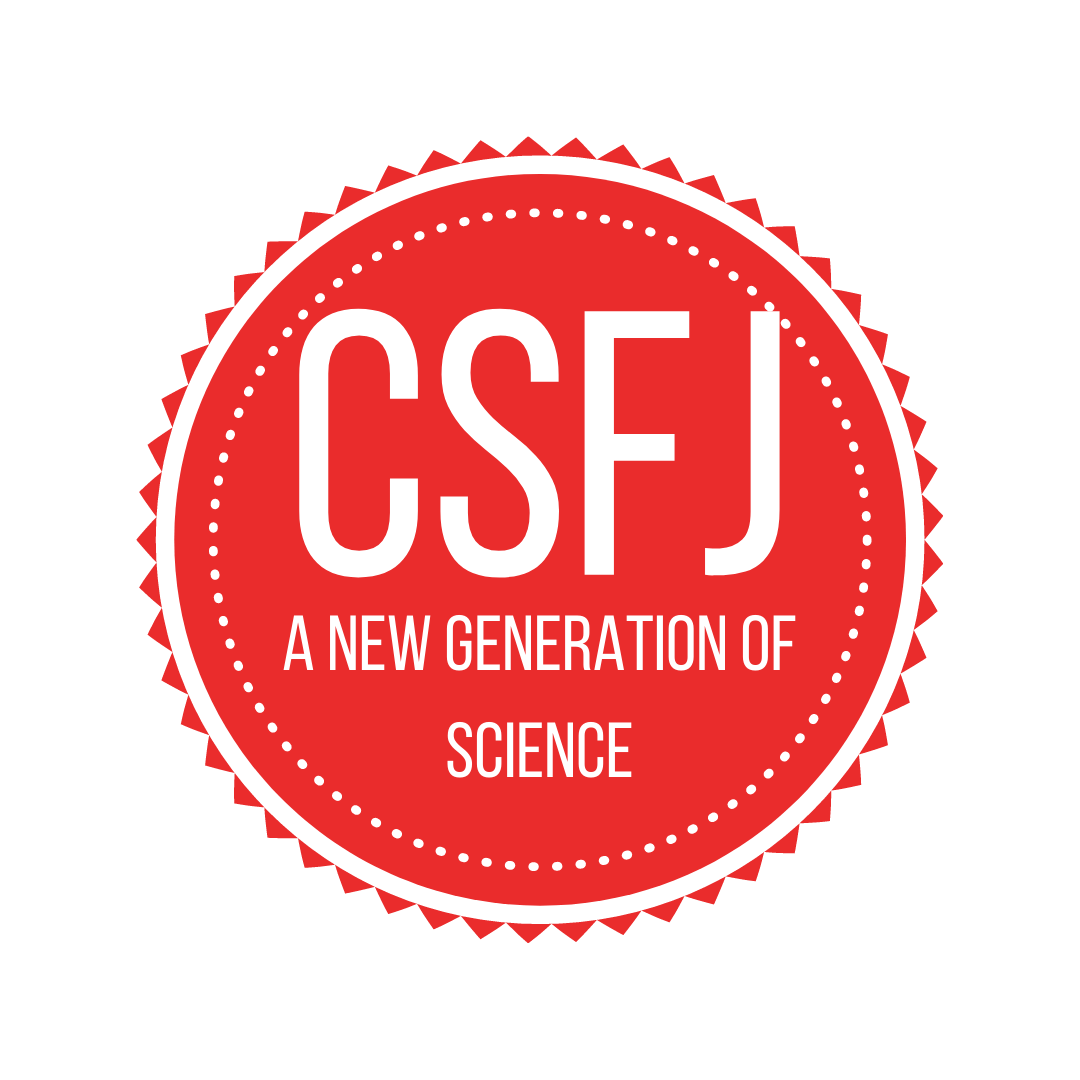April 2020
Automated greenhouses, blood loss prevention technologies, algae-based plastics, and more…
By Maise Cottrill
Greenhouse automation technologies have the capability to produce an abundance of top quality plants and the potential to use carbon dioxide, water, fertilizer, and other inputs with increased efficiency. This project investigates the possibility of using a web-based greenhouse utilizing an event-based control system. It required the user to have little prior knowledge of agriculture to operate it effectively.
By Keanu Chan
Uncontrolled bleeding from trauma is the leading cause of potentially preventable death among injured patients. Prompt measures to minimize blood loss and achieve haemodynamic stability is crucial to improve outcomes in the trauma patient. Last year, I worked to develop a device under the acronym HEALIT: Hemostasis by Expanding Automatic Life-saving Innovative Technique…
By Adelka Felcarek-Hope
The project focused on two concrete objectives: (1) to develop a new method to create malleable plastic from Phaeophycean cellulose that is of comparable quality to low density polyethylene (LDPE) and (2) to create plastics that disintegrate faster when submerged in saltwater, such as the ocean. The second objective was aimed toward finding a solution to the fact that around eight million tons of plastic end up in the ocean annually…
By Melody Cheng
The textile industry consumes a substantial amount of water in its manufacturing processes, used mainly in the dyeing and finishing operation of the plants. The wastewater from the textile plants is classified as the most polluting out of all the industrial sectors, considering the volume generated as well as the effluent composition.
Stay home, stay safe!
Submissions for CSFJ Volume 3 open on May 15th 2020.
Fun Fact…






